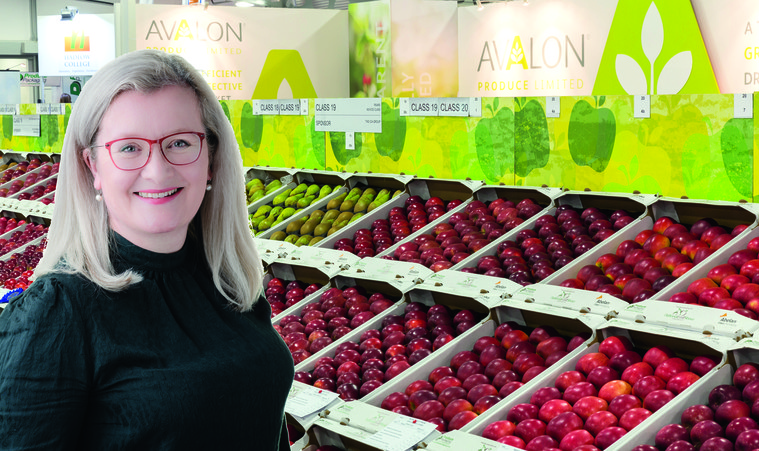No doubt many of you reading this will have received post concerning the current vote on the Agriculture and Horticulture Development Board (AHDB) levy. You may have heard from both sides of the argument: No, we should vote against the continuation of the levy; Yes, the levy should continue because there is enormous value in the essential research and services provided to our sector.
I’m going to start with some of the context and then work through my thoughts. I’m not going to try to tell you how to vote; I can’t do that, but there is a bigger picture that is under threat here.
At a meeting hosted by British Apples and Pears, Rob Saunders, Chair of the Tree Fruit Panel, made a strong case for revisiting the recommendations in the 2005 report by Rosemary Ratcliffe. He first took the meeting through the history and development of the levy board which led to the current iteration.
From the Apple and Pear Development Council in 1966, to the Apple and Pear Research Council in 1982, through the Horticulture Development Council in 2002, which was mainly about research, we arrived at the AHDB in 2008, when horticulture was folded into a larger organisation along with the other levy bodies serving cereals, beef and sheep, pigs, milk and potatoes – the stand out feature of these diverse sectors being their differing needs.
The Radcliffe report recommended that a ‘New Co’ be established as a shared service model, taking care of the back office function, levy collection, human resources, IT, procurement etc, and that separate ‘Sector Co’s’ be established to meet the needs of their diverse interests. The ‘hub and spoke’ model showed great promise for delivering substantial savings.
In horticulture, which contributes 10% of the levy income for the AHDB, it had been hard, historically, to manage the vast number of small projects that were commissioned to deliver what the panel wanted. Under the leadership of Nigel Kitney and Andrew Tinsley, our sector began to enjoy the fruits of a clear, five-year development plan. Larger, long-term pieces of research which benefitted our sector effectively ring fenced the funds, which stopped them being top sliced by the central organisation. Bear with me…
Many people have struggled with the core AHDB strategy in recent times as it has come to be perceived as less relevant to growers. That was perhaps due to the ‘thought leadership’ culture that became pervasive and the feeling that panel work may have become side-lined by over-arching, cross sector projects. Duplication and investment in work that didn’t benefit everyone are core issues upheld by the ‘no’ group.
But just think about everything that the AHDB has delivered; everything that a single-source, equitably invested hub of research and product approvals could deliver to benefit the industry. Now is perhaps the time, more so than in the past 40 years, when we should be working together, looking at what our industry needs to move forward.
We have a horticulturalist at the top of the organisation now. Nick Saphir knows what we need and where we need to head. We have an excellent head of horticulture in Hayley Campbell-Gibbons, who truly understands the incredibly complicated horticultural sector of the UK. Now is the time to consider also the wider benefits of having Rob Saunders and the tree fruit panel with Scott Raffle and the team firmly on our side when it comes to plant protection product approvals and the research our industry really needs.
We need people who understand the applications, know the industry and who think of the whole industry when they are at work. Now is the time to look for reform, more transparent budgets, a review of governance, near market research requirements etc. In short, to return to the recommendations made by Rosemary Radcliffe in 2005…
This is more important than feeling aggrieved at the recent past; this is about us all working together in the future to develop a world class sustainable sector, with explosive growth potential.




